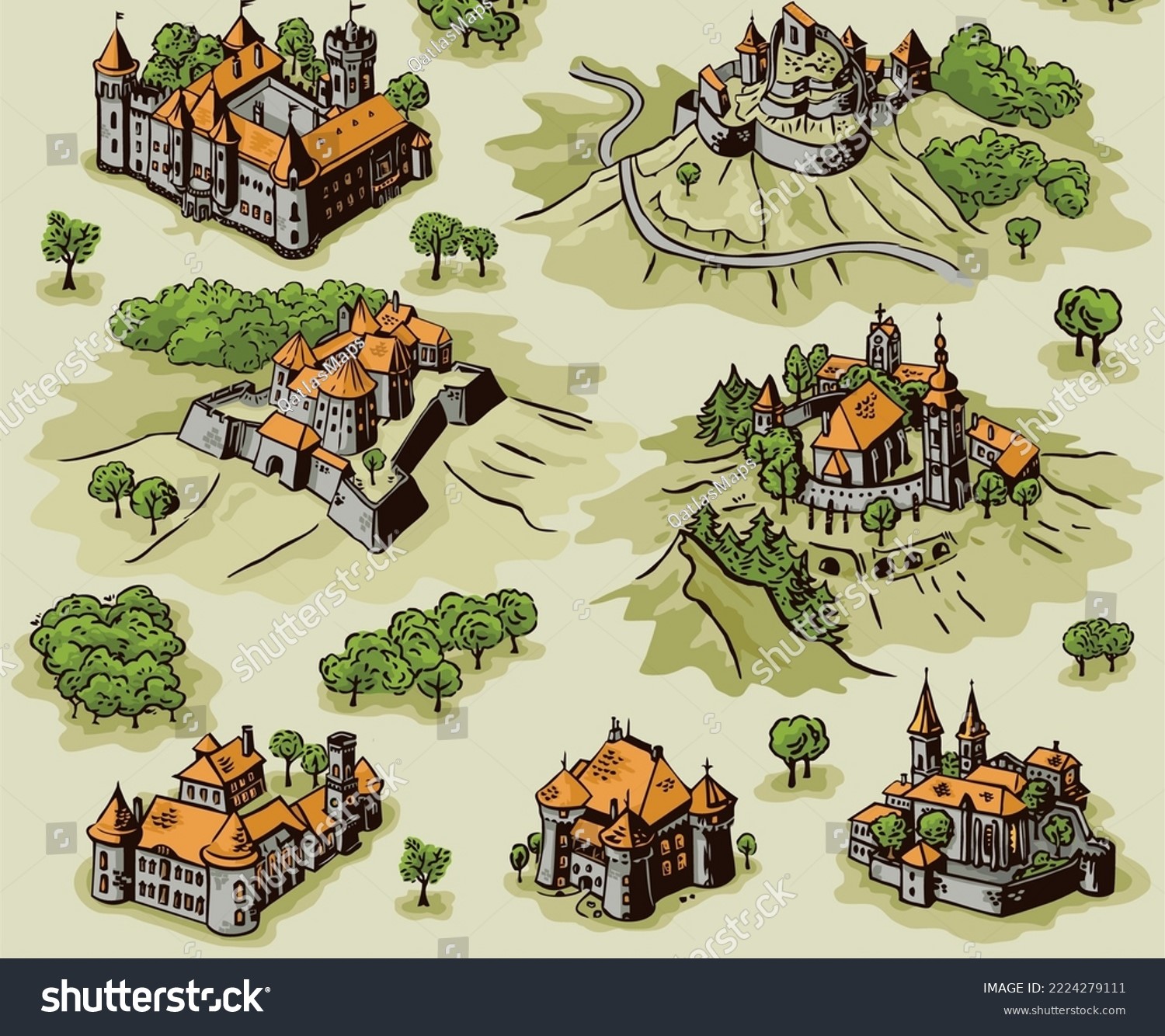Introduction
The Delhi sultanate was the largest empire in medieval India, yet even then, it did not have sovereignty over the vast majority of the Indian peninsula. The chieftains of many petty kingdoms ruled their own territories. These chieftains lived in forts that were impossible to get into since they were extremely defensive and strong.
Chieftains
A chieftain is known as the leader or the head of a tribe or a clan. They are like kings, who rule a particularly small clan or tribe and he is responsible for their protection. Due to the size of the Indian subcontinent, the Delhi Sultans were unable to rule numerous areas. The Sultans had no influence over remote areas like south India, Bengal, etc. The Sultanate armies were unable to approach remote areas due to forest cover, uneven lands or hilly terrains. Due to the Sultanate’s lack of penetration in these areas, the rule of Chieftains became established, and the population began acting as an independent community.
Fortifications of the Chieftains
Ibn-Battuta, a Moroccan traveler who served as Qazi in Mohammad tughluq’s court, wrote in his works about these chieftains. He said that there were other minor territories that were still autonomous and were ruled by chieftains. Those chiefs used to construct their forts on rocky ground, on hills, or inside bamboo-covered forests. Since an average army could not pass through those dense bamboo trees, the chieftains of those tribes were shielded from the emperor. The chieftains well-secure themselves in these forts built on hills, rocky and uneven difficult locations. They kept water, animals, and food grains inside the forts. Since they have all of these arrangements in place, they are totally independent and they stay inside the fort as long as they want. According to Ibn-Batutta, bamboos in India are not hollow, and when they are interlaced, they form a difficult-to-cross barricade that is also untouched by fire.
Types of forts
The fort’s main objective was to keep the enemy at bay while protecting the chieftains. The monarchs constructed a variety of forts, all of which were difficult to breach and simple to defend. Different kinds of forts constructed are given below-
- Desert Fort or Dhanva Durg-
- The term “Desert Fort” or “Dhanva Durg” makes it apparent that these forts were constructed in the middle of the desert. The enemy was naturally kept at bay by the desert.
- The advantage of this fort was that soldiers could easily observe attackers from a distance, allowing them to be ready for them when they approached.
- These forts were mostly constructed in Rajasthan by Rajput tribes.
- These forts were occasionally erected on high ground to provide a better view of the approaching enemy.
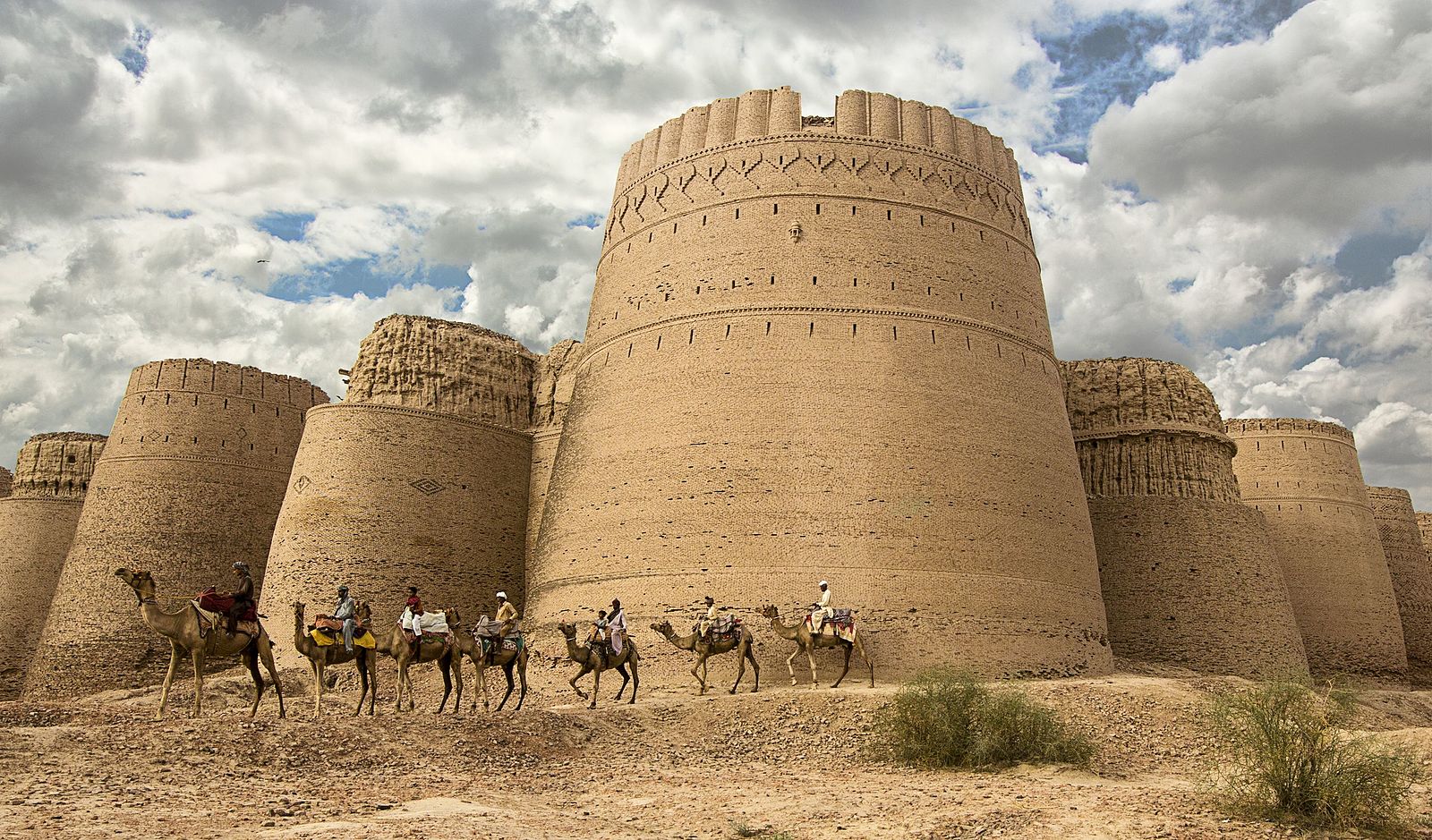
- Mud fort or Mahi Durg-
- Mud fort, also known as Mahi Durg or Rampart fort, had thick mud and bricks covering all of its exterior walls.
- The fort became significantly more durable and fire-resistant due to this layer.
- Thick earthen walls acted as a shield and protected the chieftains.
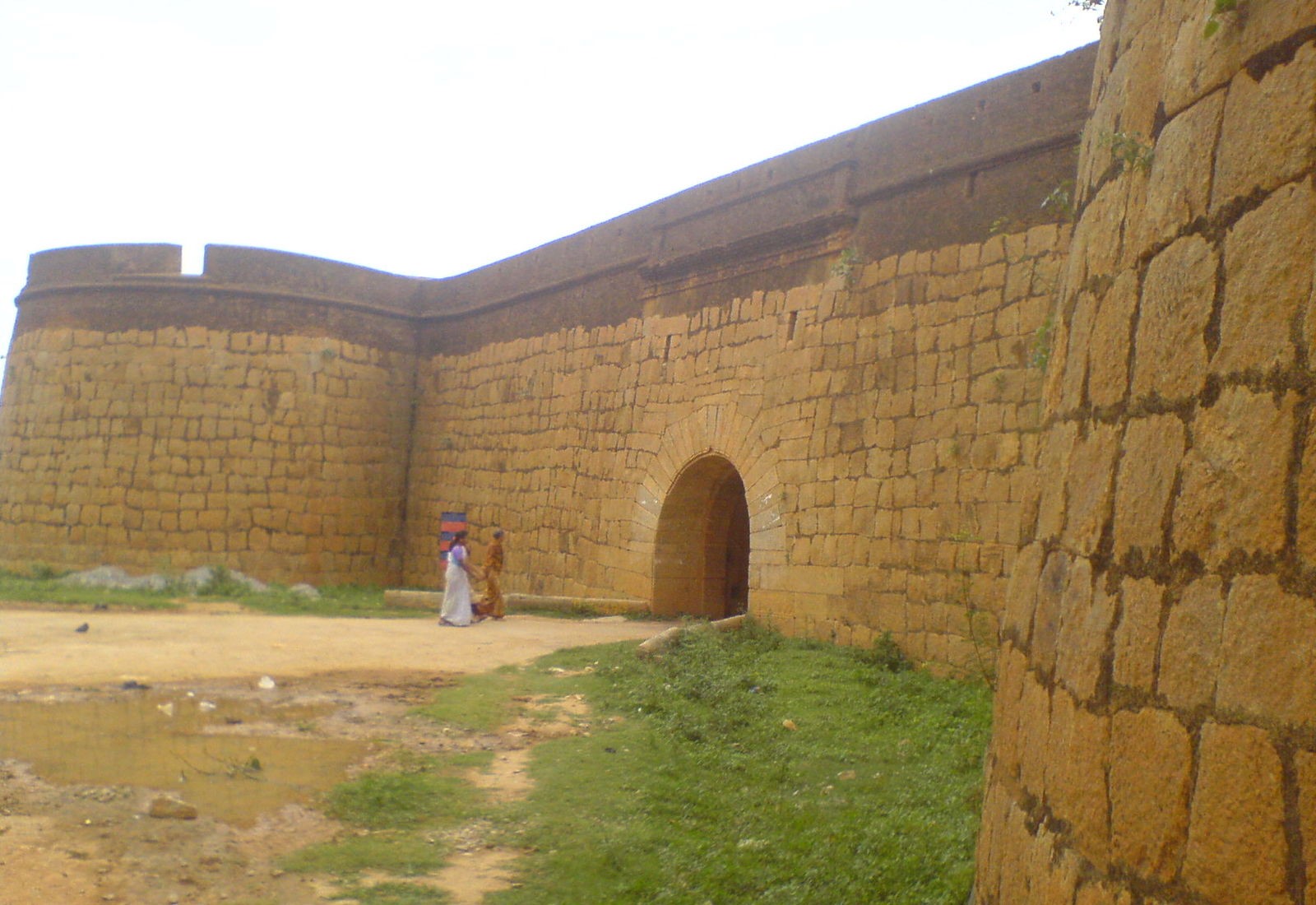
- Water forts
- In medieval India, these kinds of forts were highly well-known. The kings used to construct their forts in the midst of water bodies, which gave them an additional line of defense.
- An army couldn’t enter a fort on foot, it had to employ boats, and the men stationed in these forts were prepared to sink boats and kill their soldiers.
- An illustration of a water fort is the Murud Janjira fort in Maharashtra.
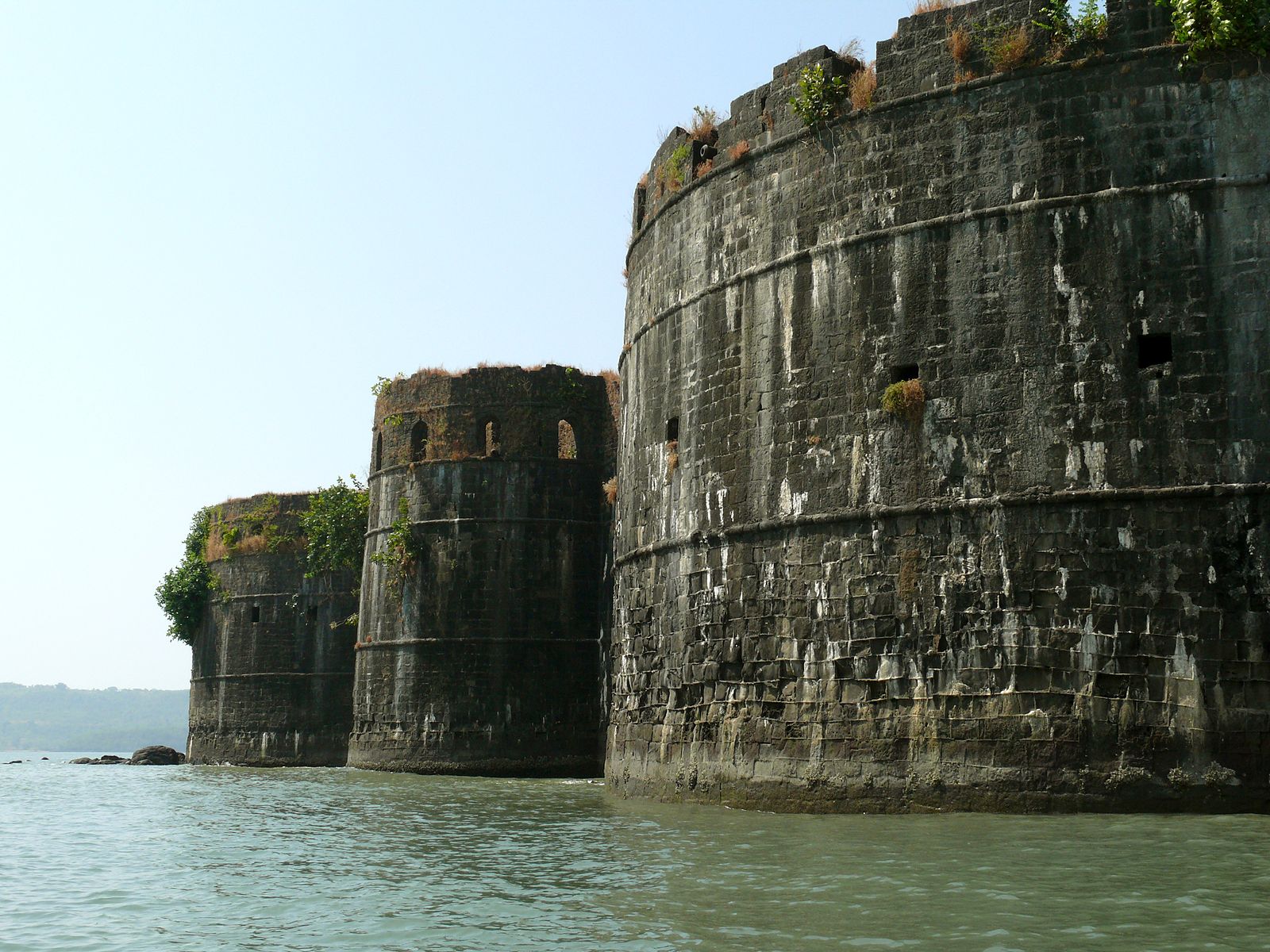
- Hill fort or Giri Durg–
- Hill forts, also known as Giri Durgs, were forts constructed on hills or a summit. The fort was also surrounded by mountainous terrains.
- An army would have a very tough time attacking such a fort because the hills were steep and had narrow routes for climbing.
- The soldiers had an excellent view of a great distance because it was on an elevated platform.
- The soldiers had time to prepare for battle because the enemies could be seen clearly from a great distance.
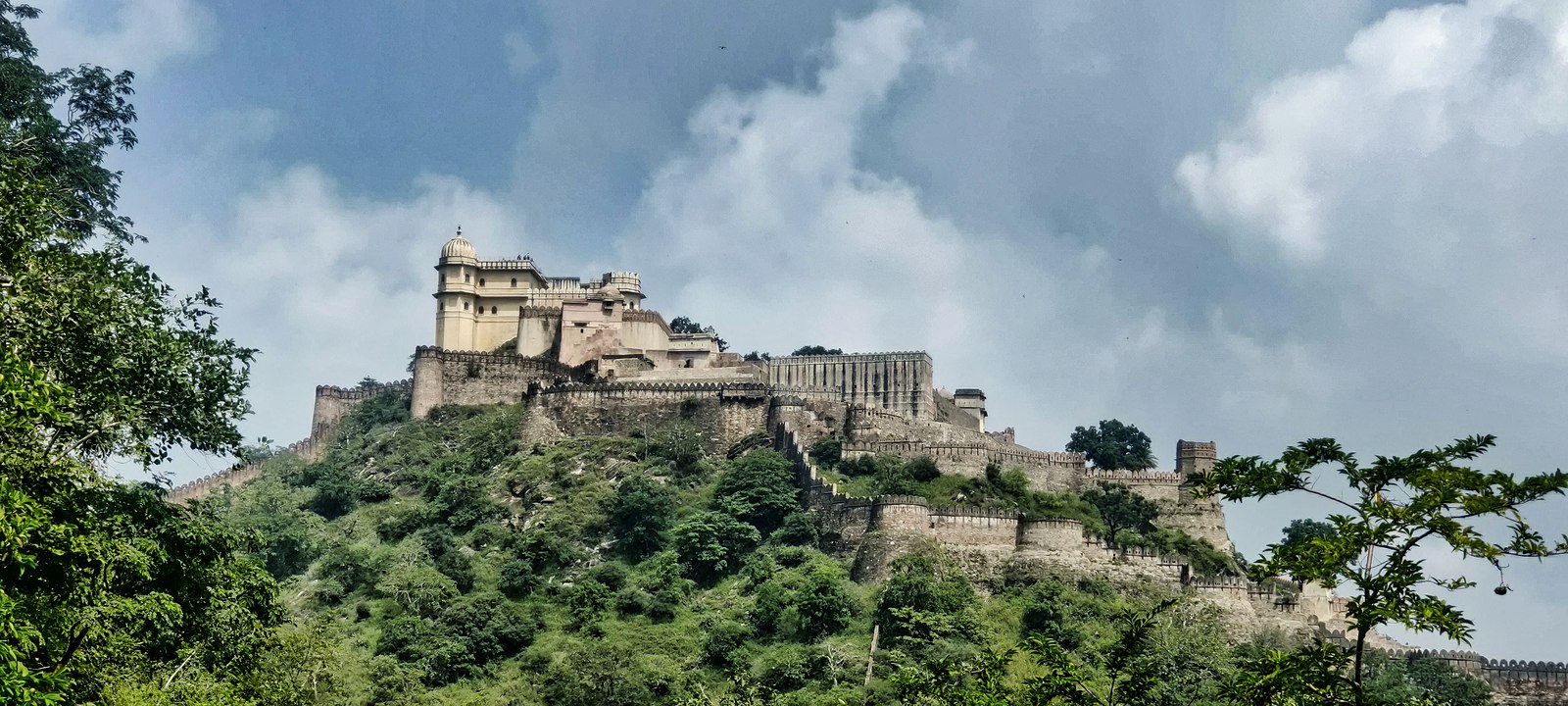
- Forest forts or vans forts
- Forts known as “forest forts” or “vans forts” were constructed in the center of dense forests, making them incredibly difficult to overcome.
- The forts were initially difficult for the enemy to locate because of the thickness of the forest. As a result, large troops could not enter all at once and conquer this area.
- The forests also work as camouflage and allowed setting various traps for the attacking soldiers.
- In his publications, the Moroccan traveler also discusses these kinds of forts. He asserts that numerous petty chieftains once constructed forts in the forest to establish their independence from the sultanate’s power. These forts included all the things which are required for the survival of a clan.

Summary
India’s history has always included forts Although there were many dynastic and political upheavals in medieval India, the building of robust forts remained constant. Each chieftain, emperor, and the king built forts to protect themselves from attacks. In Ibn-, Battuta’s literature we discovered evidence of chieftains strengthening themselves in forest strongholds to fight off raids by powerful rulers. Forts were constructed in such a manner that they had all the resources which are required for the survival of man.
Frequently Asked Questions
1. What architectural designs did Rajputana forts use?
Ans: Rajputanas employed the slab-and-beam method, in which stones were placed one above another. Coping stones were used to close up the gaps.
2. What kind of fort did Alauddin Khilji construct for the first time?
Ans: Alauddin Khilji constructed the city fortress complex model for the first time in India. In this fort, the entire city was protected.
3. What were the special qualities of the forts build by the sultans?
Ans: The sultans imported the arch and dome construction method, which the Arabs had adapted from the Romans. In the Indian subcontinent, the Arch and Dome style rose to prominence. During the reign of Alauddin Khilji, it peaked.
